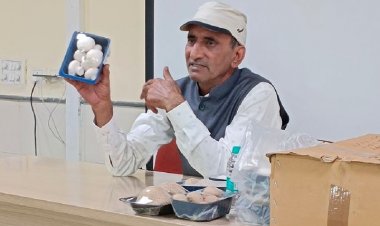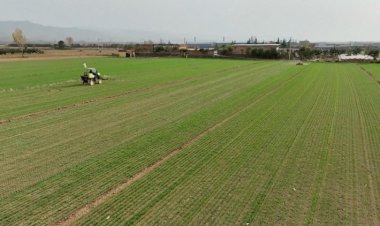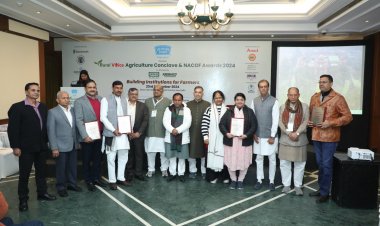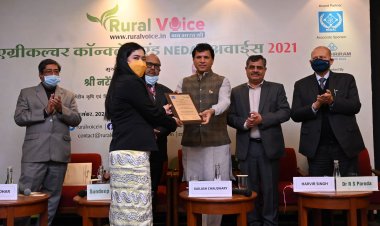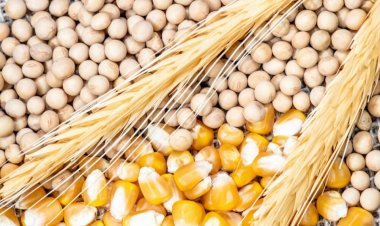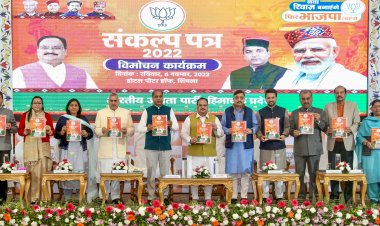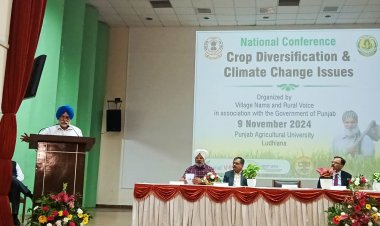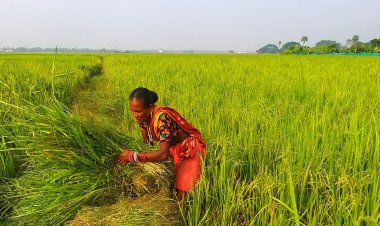A pilot project involving 15,000 farmers across eight major cotton growing states has been launched to deploy agronomy practices for improving the cotton crop yields.
The Indian Council of Agricultural Research is expected to conduct an evaluation of these practices in January, a Textiles Ministry official said.
"We are working very closely with Agriculture Ministry and other stakeholders on increasing the cotton productivity and a pilot project has also just been launched in which almost 15,000 farmers are involved across at least eight major cotton growing states," Textiles Secretary Rachna Shah said.
"... we are using best agronomy practices, the high density planting system which will help enhance productivity and other local innovations," the Secretary told reporters.
According to experts, technology, seed research and contract farming are some measures that can revive stagnant yields and raise cultivated area.
The importance of cotton sector to the Indian economy is well recognised in terms of farmers’ welfare, employment and income generation, value-added multiple downstream products and export earnings.
As per the first estimates of the Cotton Association of India (CAI), the production is likely to be at 29.5 million bales for the cropping year 2023-2024. This is about 7-8 percent lower compared to last year, which stood at 31.9 million bales.
After 2008-2009, this is the lowest Indian cotton crop estimates. This decline in production is largely on account of El Nino, reduction in cotton sowing area by five percent, and drop in cotton yields.
The yield will decline by 5-20 percent due to unfavourable weather. Rajasthan is expected to take a huge hit when it comes to yields, a decline of over 40 percent. However, Punjab will see an improvement of 50 percent in yields. Further, Gujarat will witness a drop of one million bales in production, the association estimates, followed by Maharashtra (which will be down by eight million bales).
Further, in terms of percentage in sowing area, Tamil Nadu has seen the largest decline in sowing area for cotton by 80 percent, followed by Andhra Pradesh and Karnataka.
Over the last few years, the cotton industry, especially the ginners in the country, were bleeding due to lower global cotton prices and higher domestic prices.



 Join the RuralVoice whatsapp group
Join the RuralVoice whatsapp group

















